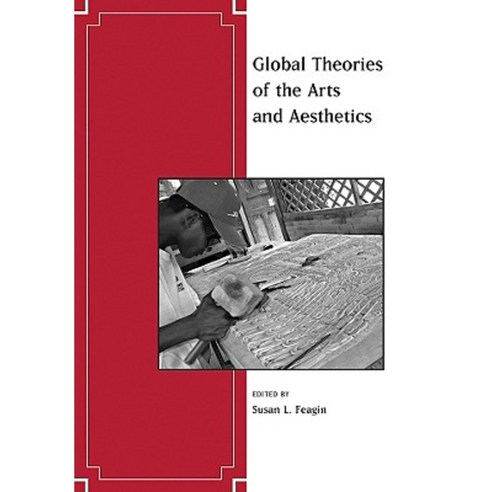
Embodied meanings, Isotypes and Aesthetical Ideas (2006) Arthur Danto
Danto’s paper begins as a commentary on a series of illustrations by Hungarian visual artist Ágnes Eperjesi; it immediately progresses to a sweeping discussion of Western aesthetic theory, from Kant’s ‘Critique of Aesthetic Judgement’ (1790) to American art critic Clement Greenberg’s high modernist aesthetics and later developments in the discipline.
The illustrations alluded to are ironic appropriations of ‘workaday images’ of ‘household chores’ or ‘wrappings of household products’ (2006: 121, 122), which Danto likens to ‘isotypes’ – Austrian’s philosopher Otto Neurath’s term for pictograms that use ‘a common cultural life and a common cultural relationship’ for a variety of practical purposes, e.g. ‘giving traffic directions’ or ‘guiding [travellers] through foreign airports’ (ibid., 122).
But Eperjesi’s work is only approached insofar as it seems to be an individual instance of a much more relevant phenomenon, namely ‘the pluralistic structure that has increasingly come to define the production of modern art’ since the late 1950s and early 1960s (ibid., 123). When artists of the time – e.g. Robert Rauschenberg and Andy Warhol – broke with modernism by starting to ‘make art out of anything … socks, bedclothes, Coke bottles, automobiles and stuffed animals’ (ibid., 123), major questions were raised for aesthetic theory.
More specifically, questions were raised for ‘the Kant-Greenberg aesthetic’, a formula that is aimed at summarising almost two centuries of aesthetic thinking in the western world. According to Danto, Kant’s emphasis on ‘artistic excellence’ (which is ‘one with aesthetic excellence’) finds a corollary in Greenberg’s focus on ‘quality’ (ibid., 123, 124). The former invokes ‘pleasure and value’ that are ‘connected with an ideal of disinterested contemplation’, whereas the latter focuses on ‘the aesthetics of medium’, i.e. what artistic forms ‘convey to visual perception’ (ibid., 123). One did not shy away from considerations on beauty and the other ‘rarely spoke’ of it (ibid., 124), but both of them, according to Danto,would seem to agree that artistic value manifests itself in moments of ‘contemplative delectation’ where ‘all concepts are put out of play’ (ibid., 123).
This particular kind of experience is ‘in no sense merely personal’ or a matter of ‘differences in taste’ between different individuals, and it produces ‘judgments of beauty’ (for Kant) or pronouncements on ‘quality in art’ (for Greenberg) that are ‘univocal’ and ‘universally valid’, (ibid., 124). There is a paradoxical quality to this kind of aesthetic thinking: it allows ‘supremacist views of western taste’ as were typical all through the 18th and 19th centuries, but it also enables the ‘appreciation … of exotic art’, as Greenberg puts it (ibid., 124), that was common during the modernist heyday.
Eventually, both Kant and Greenberg would be proved wrong by post-modernist artists in a no less paradoxical way. Works of art such as ‘ready-mades and the Brillo boxes’ might create the impression that ‘aesthetic qualities were marginal at best’ for them, but they also paved the way for acknowledging the existence of ‘a nearly boundless set of aesthetic qualities’ (ibid., 125). In this state of affairs, Danto has been trying to find a place for aesthetics in artistic practice since the mid-1960s, which he has done by suggesting (in successive works) that art ‘is about something and … possesses meaning’ that is ‘embodied’ by the artwork; also, that ‘to be a work of art, something has to have some aesthetic quality’ extracted out of the almost unlimited set mentioned above (ibid., 125).
What is interesting is the way in which this ‘anti-aesthetic bias of contemporary art’ (ibid., 130) allows aesthetics to make a comeback, in so far as it becomes internal to the work of art. It is likewise interesting that it also allows Danto to reappraise Kant’s approach. As he writes, the latter employs ‘aesthetic’
[as] it was used by Alexander Baumgarten, where it generally refers to what is given to sense. What is stunning is that he has stumbled onto something that is both given to sense and intellectual—where we grasp a meaning through the senses. (Ibid., 127)
This endows aesthetics with a presentational power that is not to be underestimated for an Aesthetics of Care, particularly one that might conceive of aesthetic acts as ‘configurations of experience’ that give rise to ‘new modes of feeling’ and generate ‘new ways of political subjectivity (Rancière 2000: 7)
Antonio Fornet Vivancos
Universidad Politécnica de Cartagena
Danto, Arthur C. Embodied meanings, Isotypes and Aesthetical Ideas. (2006). In S. Feagin (Ed.), Global Theories of the Arts and Aesthetics (pp. 121-129). Hoboken: Wiley-Blackwell,
ISBN: 978-1-405-17355-1
